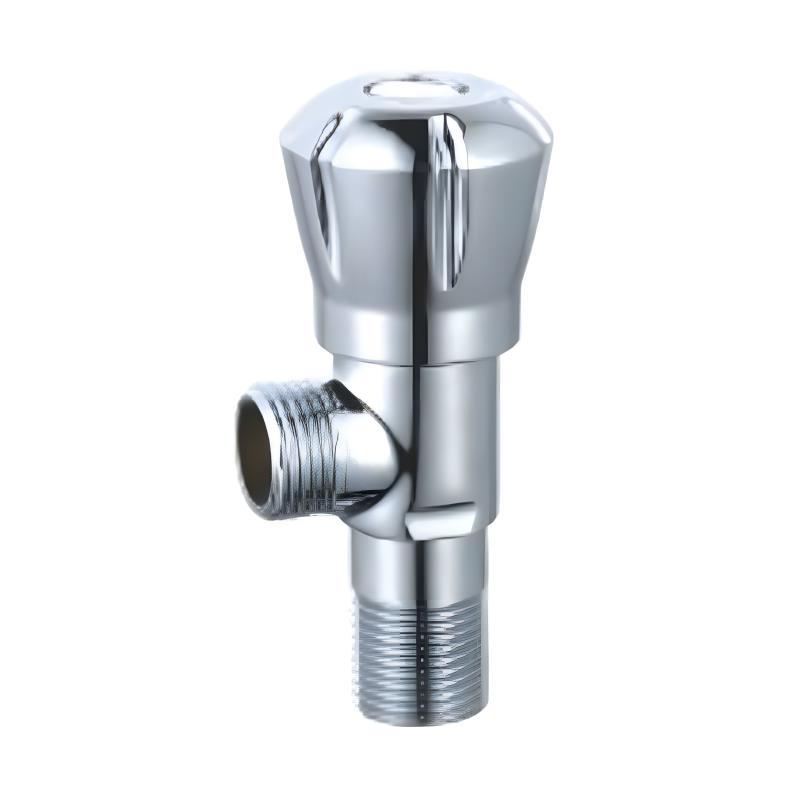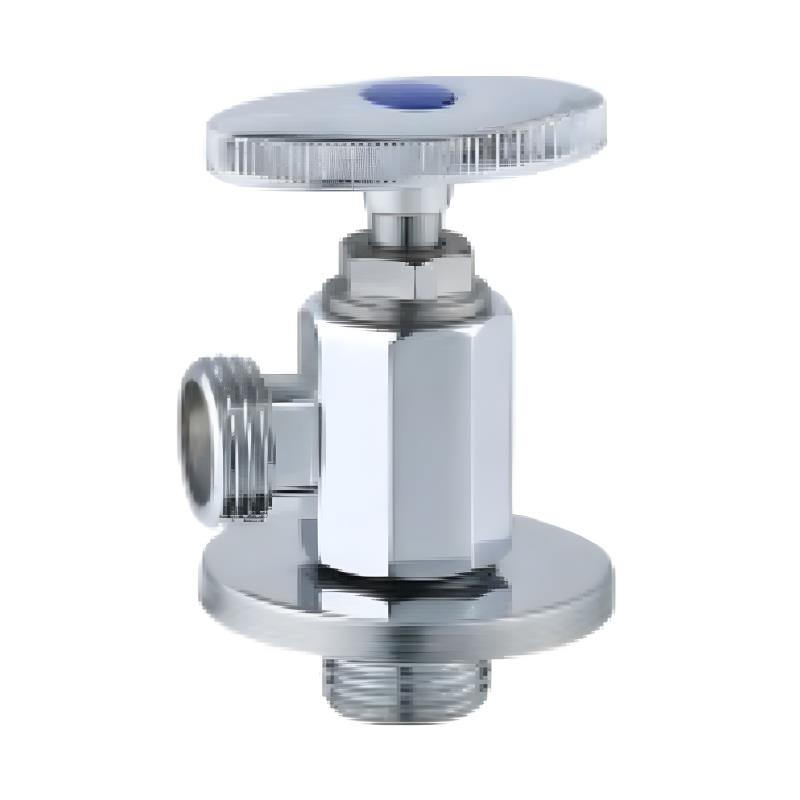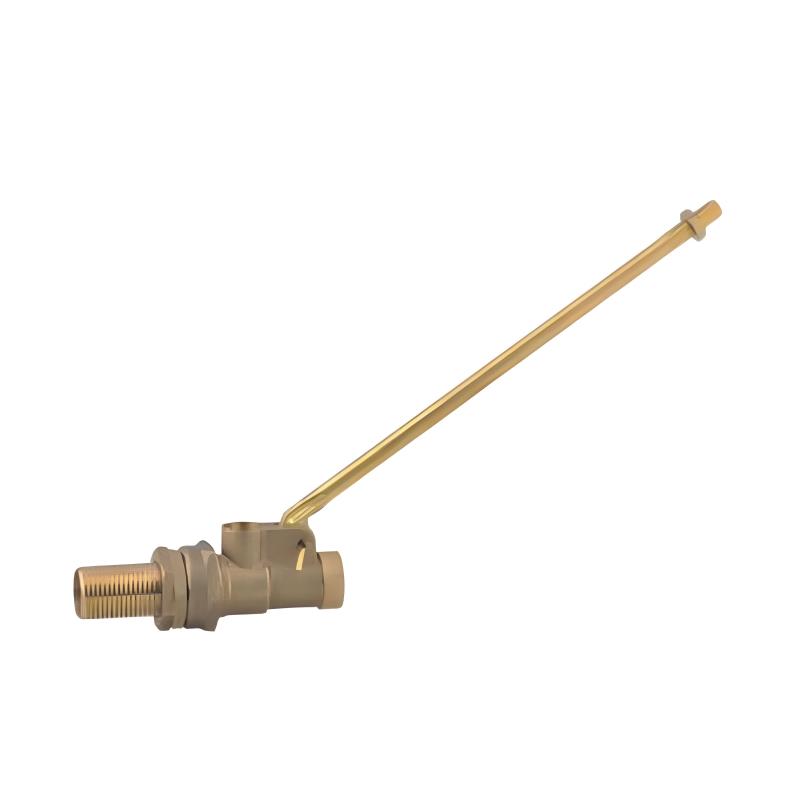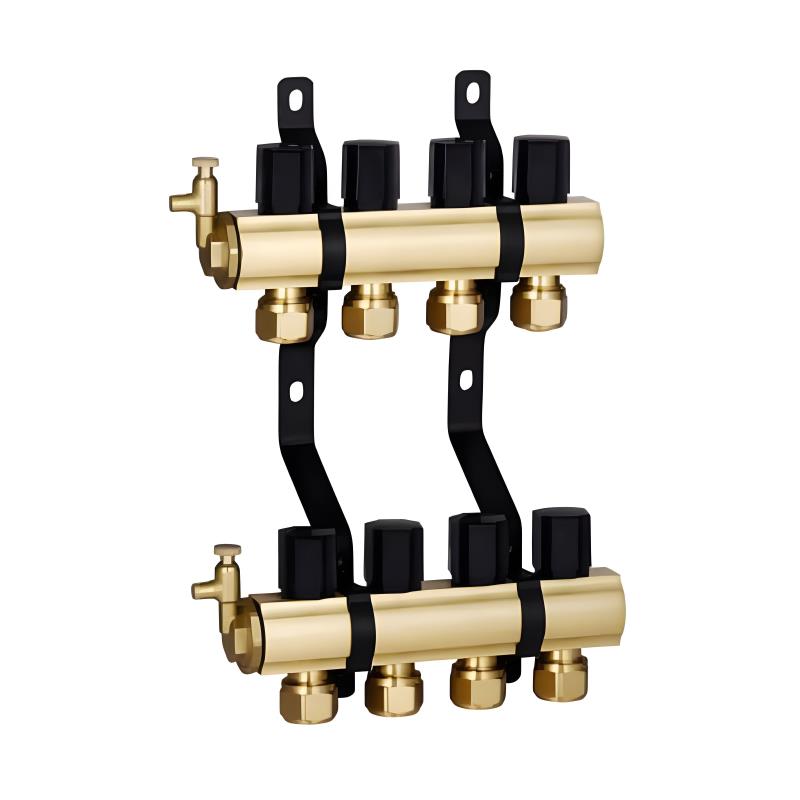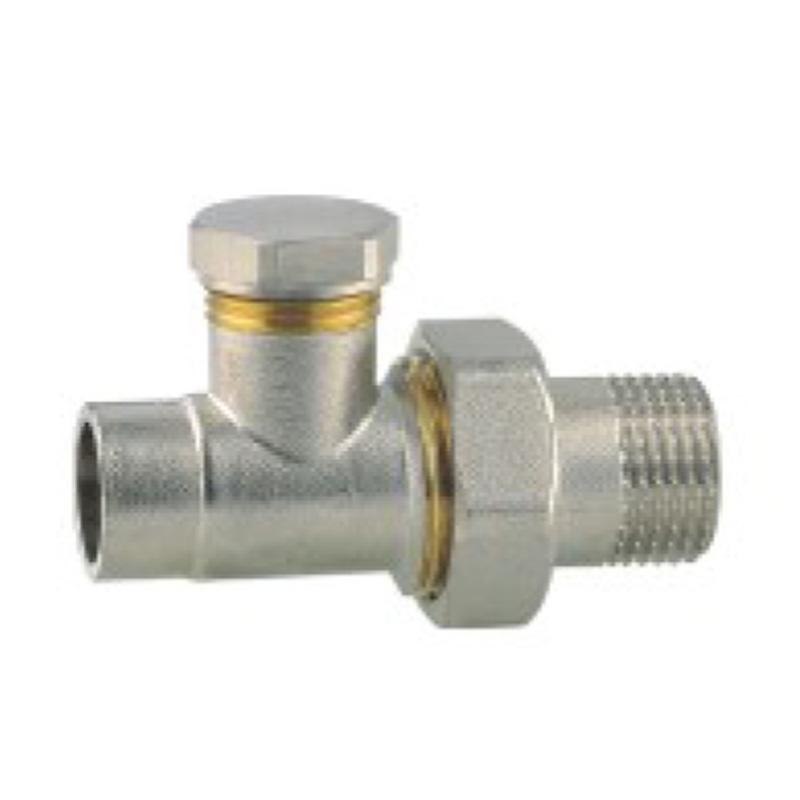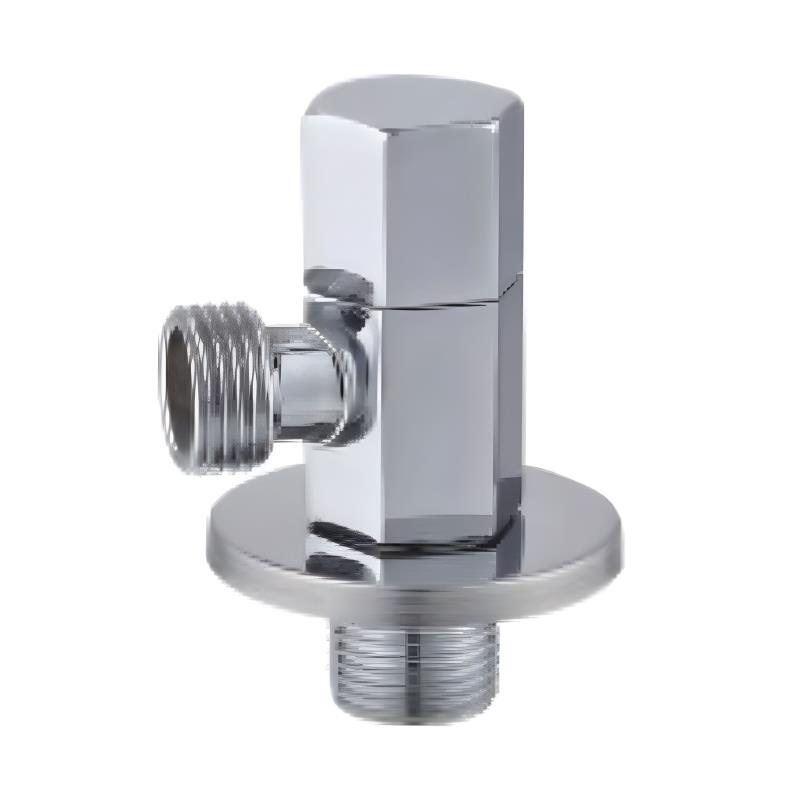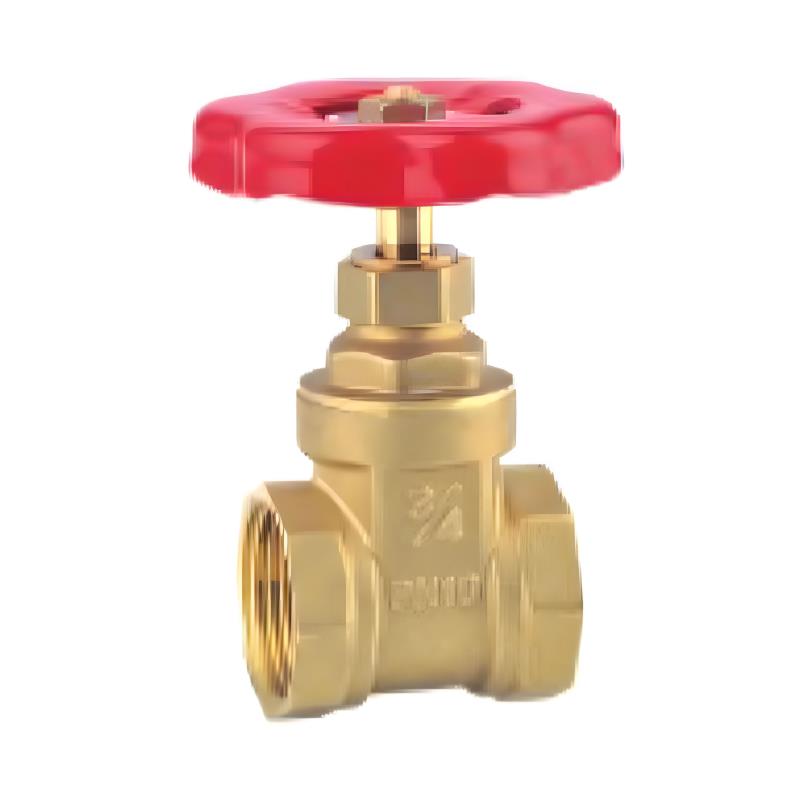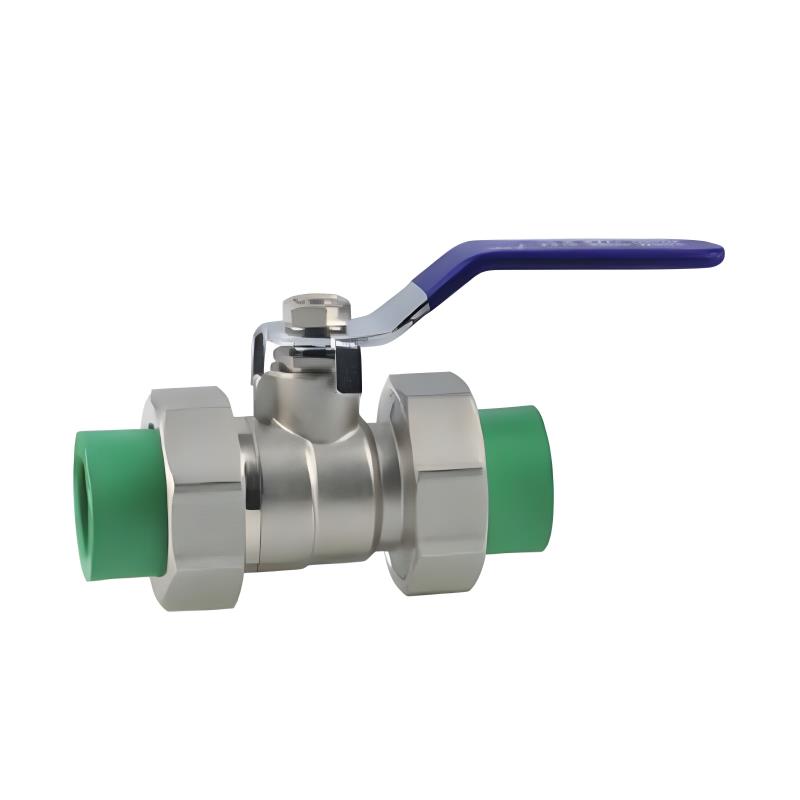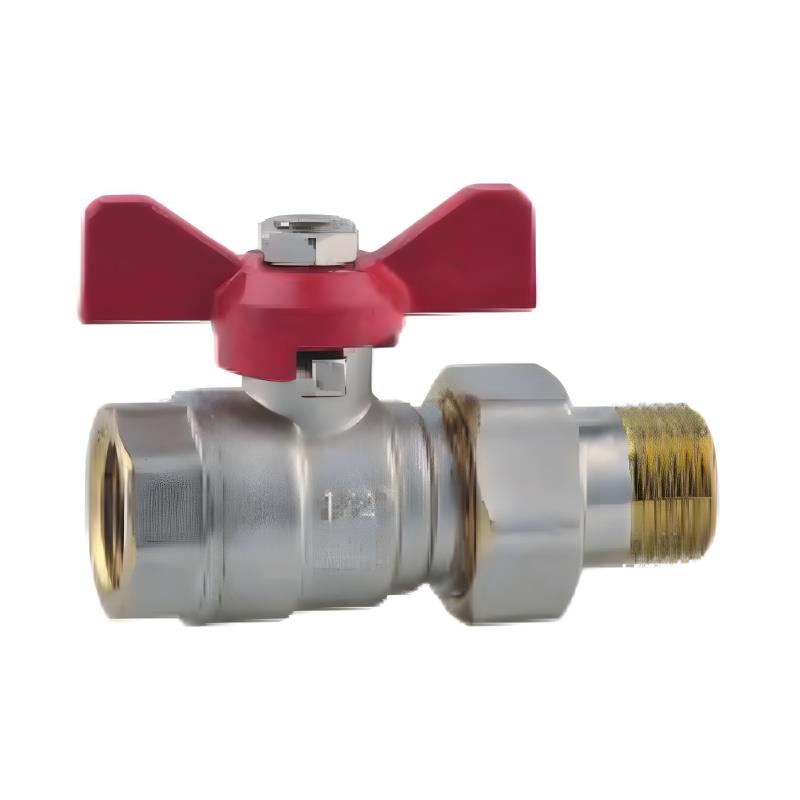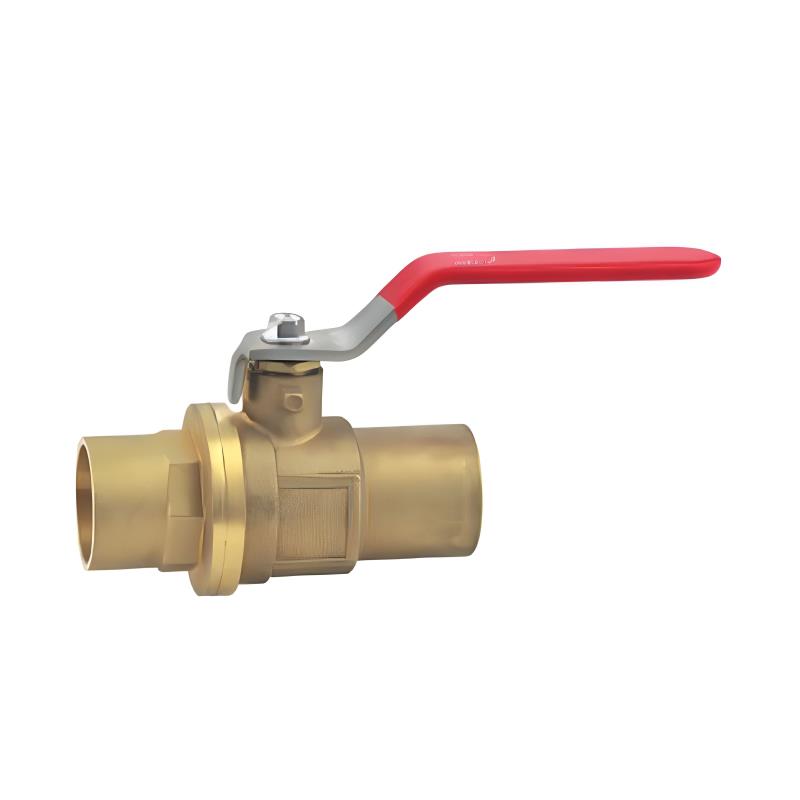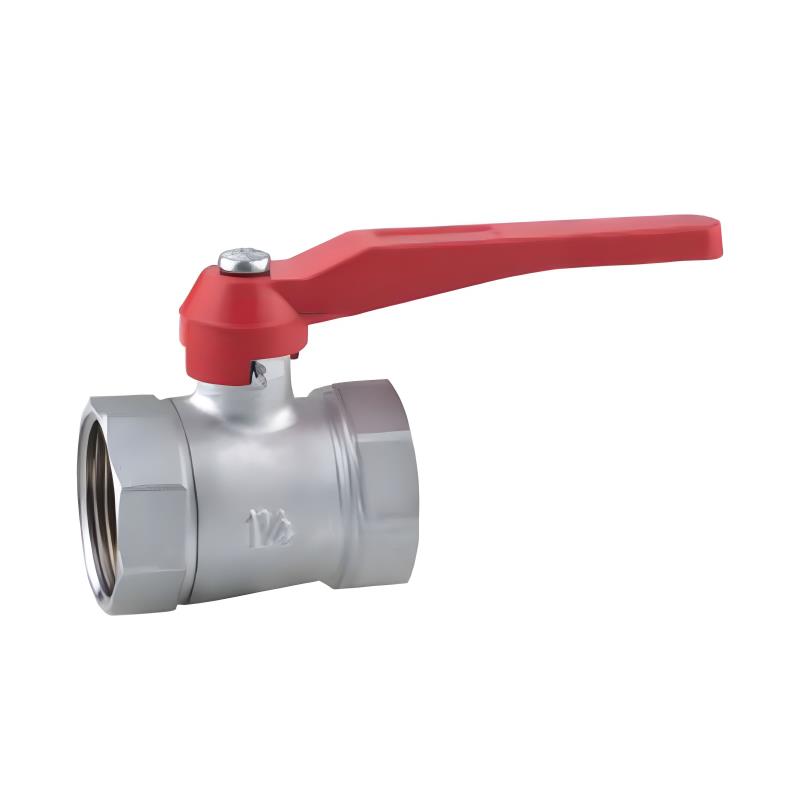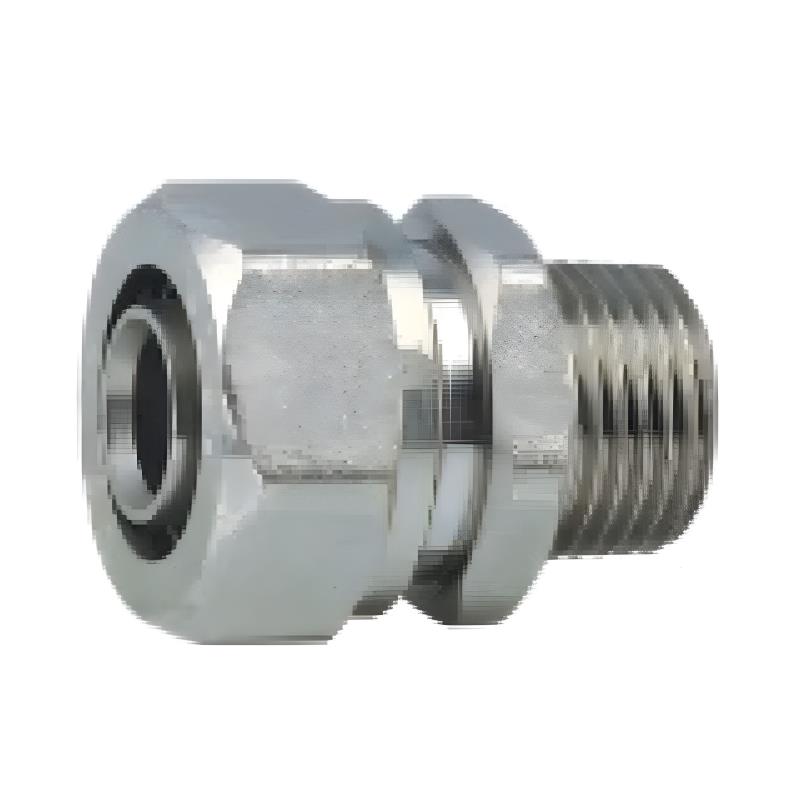Submit feedback
Choosing the Right Bibcock Valve: A User’s Guide Based on Application, Diameter, and Pressure Ratings
Selecting the appropriate bibcock valve is a critical step to ensure efficient water flow control, durability, and safety in various plumbing applications. Whether for residential, commercial, or industrial use, understanding how to choose a bibcock valve based on usage requirements, pipe diameter, and pressure ratings can save users time, money, and potential maintenance issues down the line. This article serves as a practical guide, helping buyers navigate the essential factors involved in selecting the right bibcock valve for their specific needs.
First and foremost, a clear understanding of the intended application of the bibcock valve is necessary. Different scenarios demand different valve characteristics. For instance, outdoor garden faucets typically require a bibcock valve that can withstand exposure to environmental elements such as UV rays, temperature fluctuations, and moisture. Conversely, indoor water supply systems may prioritize compactness and aesthetic integration with existing fixtures. Industrial settings often need heavy-duty bibcock valves with enhanced corrosion resistance and higher pressure tolerances. By identifying the precise environment and operational conditions, users can narrow down the options that best fit their purpose.
Next, the pipe diameter compatibility is a key factor when choosing a bibcock valve. The valve’s connection size must match the pipe size to ensure a secure, leak-free fit and optimal water flow. Common diameters for bibcock valves include 1/2 inch, 3/4 inch, and 1 inch, but variations exist based on regional standards and specific plumbing configurations. Selecting a valve with a diameter smaller than the pipe can restrict water flow, causing pressure drops and inefficiency. On the other hand, an oversized valve may lead to installation challenges and unnecessary costs. Therefore, confirming the exact pipe diameter before purchase is essential to guarantee performance and ease of installation.
Another crucial consideration is the pressure rating of the bibcock valve. The valve must be rated to handle the maximum water pressure present in the system to prevent leaks, bursts, or premature wear. Residential water systems typically operate at pressures between 40 and 80 PSI (pounds per square inch), so a bibcock valve rated for at least 100 PSI provides a safe margin. For commercial or industrial applications where pressures can be significantly higher, valves with ratings of 150 PSI or more may be necessary. Pressure ratings are usually indicated on the valve body or in the product specifications, and users should verify these details before selection.
Material composition also plays a role in selecting the right bibcock valve. Common materials include brass, stainless steel, and plastic. Brass bibcock valves offer excellent corrosion resistance and durability, making them suitable for most residential and outdoor uses. Stainless steel variants provide superior resistance against harsh chemicals and extreme environments and are favored in industrial applications. Plastic valves, while more affordable, are typically used in low-pressure, non-corrosive environments due to their lighter weight and cost-effectiveness.
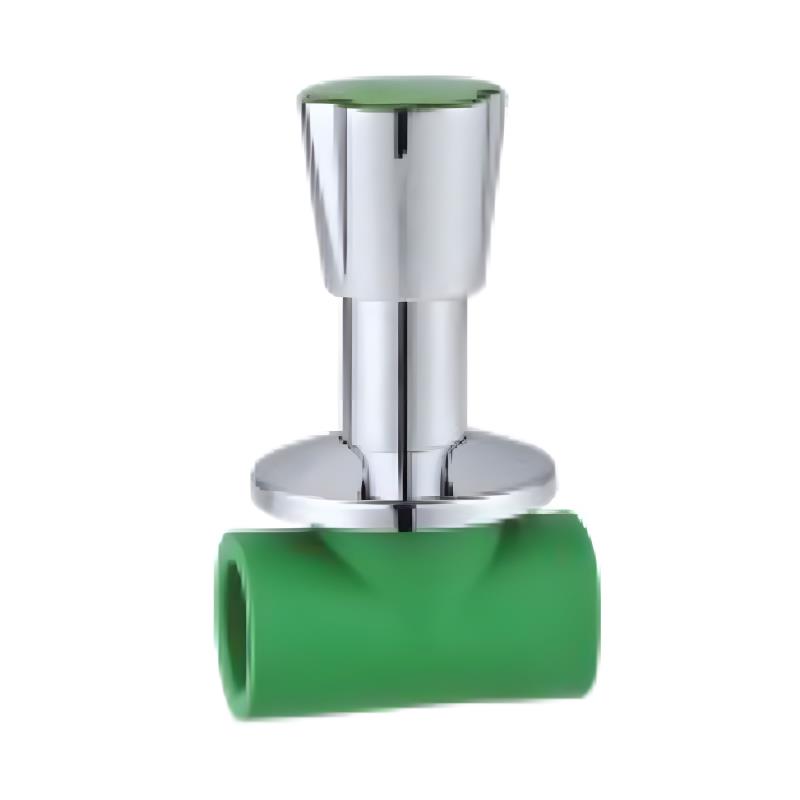
Ease of operation and maintenance are additional factors users should consider. A well-designed bibcock valve should offer smooth handle operation for effortless water control and minimal wear on internal components. Some models come with features such as anti-drip valves or freeze-resistant designs to extend service life and reduce maintenance efforts.
In summary, choosing the right bibcock valve requires careful evaluation of the application environment, pipe diameter compatibility, and pressure ratings. Matching these criteria ensures the valve functions efficiently, lasts longer, and meets safety standards. By understanding these key factors, users can confidently select a bibcock valve that meets their specific needs, enhancing overall water management and system reliability.
For anyone in the market for a bibcock valve, taking the time to assess these technical specifications will result in a more satisfying and cost-effective purchase. Reliable manufacturers often provide detailed product descriptions, helping buyers make informed decisions. Whether upgrading an existing system or installing a new water supply line, the right bibcock valve is an indispensable component in achieving optimal water flow and control.
 +86-13989680588
+86-13989680588 graylin@hongjiavalve.com
graylin@hongjiavalve.com 
